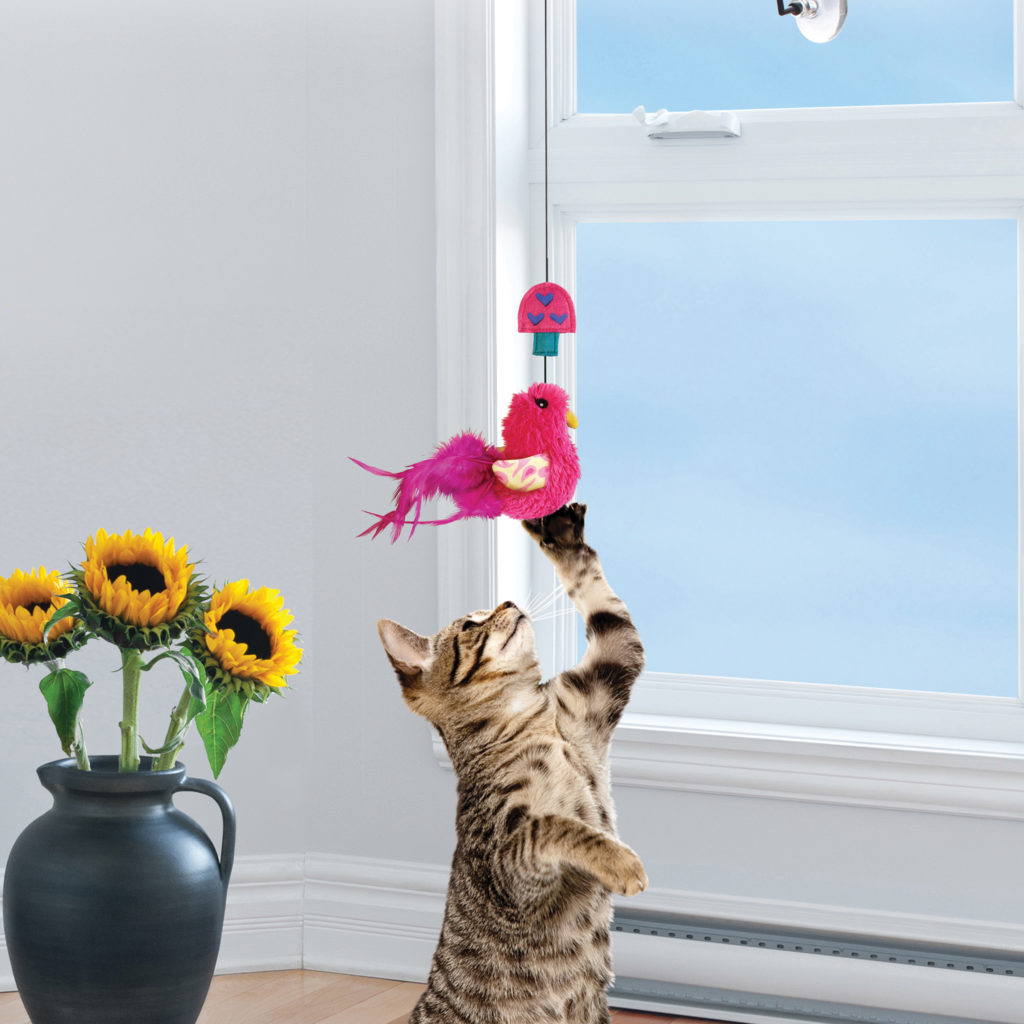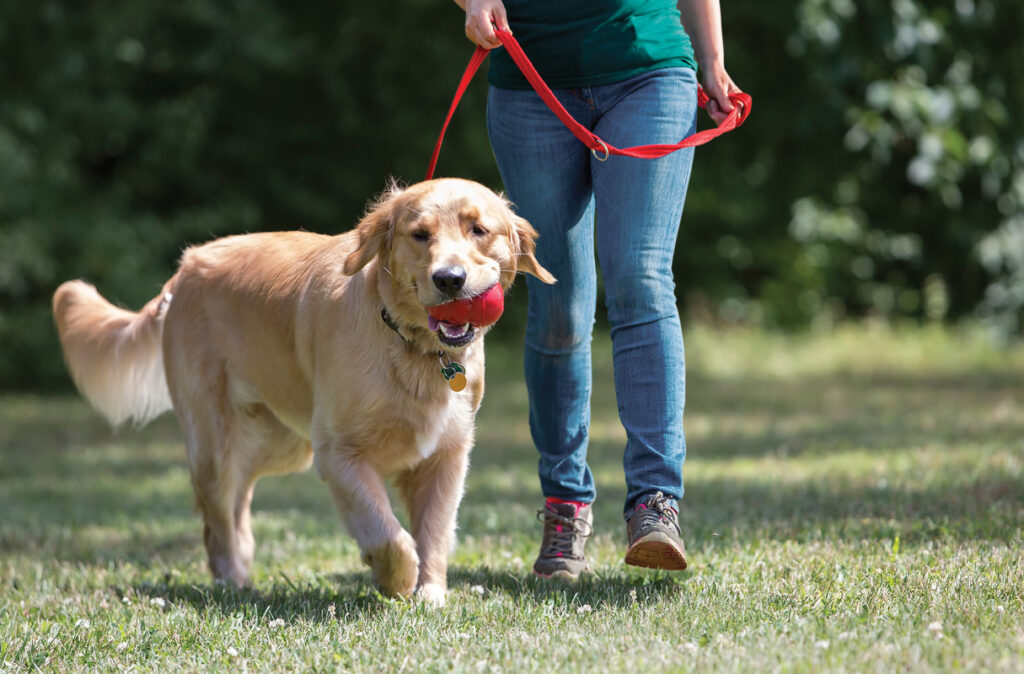Trying to decipher a cat’s body language can be like trying to decipher Egyptian hieroglyphics. This is fitting as the ancient Egyptians held cats in high regard, believing that they possessed the divine energy of the goddess, Bastet.
Sure, our cats have coined the term “cat naps” and love their endless snoozes on their favorite sofa, but when awake, they are true adventurers. They are the best secret agents around and have their own unique, silent language. Can we crack the code of figuring out our cat’s mood?
Understanding your cat’s body language is the key to understanding your cat and how they are feeling. Let’s dig in and see how we can decipher a twitch of a whisker or the batting of a paw.
Happy & Relaxed Kitty
If you are a cat pet parent, you are probably aware of the little tune, “Soft kitty, pretty kitty, little ball of fur…” When it comes to our kitty, we can look for some “tell-tail” signs to inform us they are feeling happy and relaxed.
Famously, the number one sign our cat is in a good mood is purring. This audio signal lets us know our cat is enjoying the chin scratch, belly rub session, or simply being close to us.
Overall, purring is connected with happy feelings, but they can also purr as a way to self-soothe if they are feeling ill or are injured. Our feline friends may also chirp, trill, and have an upbeat meow to let us know they are in a good mood.
Other body signals we can look for that indicate happiness and relaxation are nice, slow blinks. Your cat will show a relaxed face, with their ears and whiskers in a normal position. Your cat’s tail will also be held up high but relaxed. It may often curl at the end, looking similar to a question mark.
Many relaxed cats will have their legs tucked under while laying on their tummy, and they will look like the cutest little loaf of bread. With their legs tucked in the “cat loaf” position, your cat is indicating that they feel relaxed and don’t feel the need to defend themselves. Even cuter is when you have multiple cats, and they cat loaf in close proximity to each other, resembling the most adorable bakery to ever exist.
Happy cats will also seek you out for affection or playtime. Your cat enjoys being around you and wants to be in your company. We know that our feline friends can be quite independent, so when they seek you out, it is a great feeling!
Understanding Cats on Alert
When playing or watching outside action from the window, your cat will show several signs they are alert and focused. The first clue is that your cat may move their head in a way to show they are following an object, like a feathered toy or a squirrel close by.
A cat’s eyes may look to grow bigger, and the cat’s pupils may dilate as they focus. Your cat may chirp or trill as they center their attention on their surroundings. Their ears will also move a little more forward to take in all the sounds.
As your cat narrows their focus, their tail may start to twitch in response to how the object they are focused on is moving. If playing with a toy, or if they are outside near an offending squirrel, you may see your cat enter a crouched position to pounce. Your cat will get low, and their eyes are totally zoned in, then that cute wiggle — they pounce straight up in the air!
Your cat may also show signs of alertness if they are introduced to a new area or a new cat. Whenever your cat is in a new situation, watch their body language carefully as they may start to feel tense, anxious, or even fearful.
Tense or Anxious Kitty
When our cats are in a new location, or if they are not feeling well, they may show signs of feeling tense or anxious. These feline behavior signals clearly express that your cat does not feel safe; they are readying themselves for an escape or defending themselves.
As your cat may be trying to find an escape route or hiding place, they will have themselves ready to move. They may still be crouched but will bend their legs in case a quick getaway is needed. Eyes and ears are focused, and you may see your cat’s ears moving from forward to back so they can hear all the sounds around them.
Vocally, your cat may give a yowl or a low growl to show their displeasure with the situation. Their head may stay remarkably still as they try to assess everything around them. Their tail is close to their body and will only make minor movements. These are definitely signals of a cat showing that they mean business.
Watch Out
When your cat has had enough, they may aggressively lash out to protect themselves. The body language of a tense or anxious kitty is surely a warning sign of aggression to follow. A cat who is showing aggression is easily spotted. There are several classic body language clues to show they are far from being pleased.
The first and most easily spotted is an arched back; their head is lower than the rest of their body, and their back is raised up — think of the classic Halloween cat! This is to help your cat look bigger than they really are. Additionally, the hair on their back and tail will be raised.
Your cat’s whiskers and ears will be flat against their face, and they will likely be showing their teeth. Growling, loud yowling, and hissing will further show that your cat is in a defensive position.
Why Do I Need To Learn My Cat’s Body Language?
Sadly, our feline companions are not able to use words to speak. They may meow, purr, and vocalize to express themselves, but spoken communication isn’t a skill our cats possess. What a shame!
Our next best bet of being able to communicate with our cats is paying attention to their body language. Every small movement can communicate what our cat is feeling and thinking, and knowing those subtle clues can let us in on their mood and how to help them through stressful situations.
Being able to read our cat’s moods is imperative for developing a strong relationship. We’ll know when our cat is in a playful mood, and we can engage them with their favorite toys, or when they are feeling scared or nervous, and it’s time for us to give them their space.
Knowing your cat’s body language clues can also help you become more proactive in the future. If you know your cat becomes anxious before going to the vet, you can take steps to keep things positive and help your cat feel more relaxed when it is time for their check-ups.
Likewise, you know you’ve hit the right spot when your kitty purrs or starts kneading their paws in response to a sweet scratch session.
KONG – The Language of Pets
Here at KONG, we are well-practiced in developing toys and treats that activate your cat’s natural instincts and allow them to stalk and pounce to their heart’s content. We want to keep pets happy and their pet parents well informed.
Understanding how our cats communicate and adding proper enrichment to our furry friends’ routines is imperative for us as pet owners to develop strong bonds with our pets. Our toys are perfect for encouraging active play, like chasing and pouncing. Can we also talk about that cute little wiggle that our cats do right before pouncing?
Replay that wiggle over and over with our teaser toys, like this Tropics Bird Teaser. It’s just the thing to help you relax after a long day’s work and to give your cat some exercise after their day-long nap session in their cat hammock.
Our cats are clever creatures, and just as playtime is important, having a variety of playthings is just as important to use their energy up in a positive way. We don’t want our cats to get bored, or they may decide that a game of “Knocking Everything Off The Counter” is appropriate to play.
The Kong Club Membership
Keep playtime and wellness a part of your routine by becoming a member of the KONG Club. Our awesome club is made for pet parents by pet parents. We know that ultra special bond that you have with your kitty and what a priority they are in your life.
When you become a member, you will receive tips and tricks from veterinarians, pet coaches and other pet parents who have walked paw-in-hand down the path of being a pet parent.
Check us out and become a member of the KONG Club today!
Sources:
Why Do Cats Purr? | NC State University College of Veterinary Medicine
Reading your cat’s “body language” Score Body Postures Head Postures | Winnipeg Humane Society



